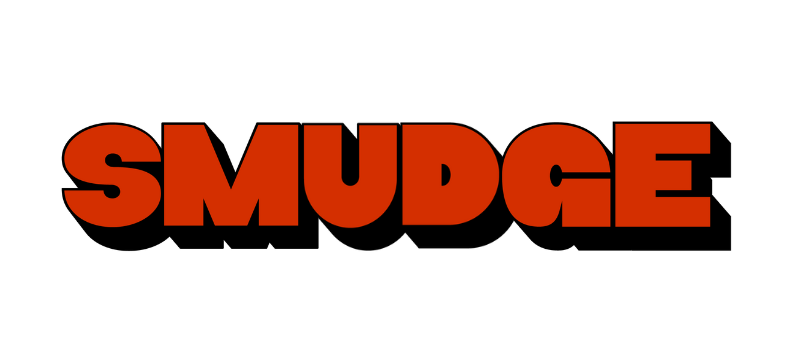Essential Glossary: 50+ Marketing Terms you Need to Know
A/B Testing (also known as split testing)
This is when you compare two versions of a webpage or ad to see which one performs better.
Above the Fold
The section of a webpage that you see without scrolling. It’s the bit that grabs attention first.
Analytics
The data that shows how your website, social media, or campaigns are performing, including things like traffic, engagement, and conversions.
Backlinks
Links from other websites pointing to your site. These are great for boosting your site’s SEO and authority.
B2B (Business-to-Business)
This refers to businesses that sell products or services to other businesses.
B2C (Business-to-Consumer)
This refers to businesses that sell directly to individual consumers.
Bounce Rate
The percentage of visitors who leave a website without taking any action, like clicking on a link or scrolling down the page.
Brand Awareness
How familiar your target audience is with your brand, and how easily they recognise it.

Call to Action (CTA)
A prompt telling users what action you want them to take, like “Shop Now” or “Download the Guide.”
Click-Through Rate (CTR)
The percentage of people who click on a link, ad, or email after seeing it.
Content Marketing
The process of creating and sharing valuable content (such as blogs, videos, or podcasts) to attract and engage your audience.
Conversion
When a user takes a desired action, such as making a purchase, filling out a form, or signing up for a newsletter.
Conversion Rate
The percentage of users who take a desired action, like purchasing, out of the total number of visitors.
Cost Per Click (CPC)
The amount you pay each time someone clicks on your ad.
Customer Journey
The process a customer goes through from discovering your brand to making a purchase.
Demographics
Characteristics of your target audience, such as age, gender, income, and location.
Display Ads
Banner ads that appear on websites in the form of images or videos.
Engagement Rate
How actively your audience interacts with your content, including likes, comments, shares, and clicks.
Evergreen Content
Content that remains relevant and valuable over time, like a guide or how-to post.
Funnel
The stages a customer goes through, from becoming aware of your brand to making a purchase. It’s like a path that narrows as users move closer to converting.
Geotargeting
Delivering ads or content based on a user’s geographic location.
Impressions
The number of times your ad, post, or content is shown to users, whether they engage with it or not.
Inbound Marketing
A strategy focused on attracting customers through valuable content and experiences, rather than traditional advertising.
Influencer Marketing
Partnering with influencers—people with large social followings—to promote your product or brand.
Keyword
A word or phrase people search for online. You want your content to rank for these in search engines to attract more visitors.
KPI (Key Performance Indicator)
A measurable value that indicates how effectively you’re achieving a specific marketing goal.
Landing Page
A standalone webpage designed specifically for a campaign, often used to capture leads or drive conversions.
Lead
A potential customer who has shown interest in your product or service, usually by providing their contact details.
Lead Generation
The process of attracting and converting strangers into leads, or potential customers.
Lead Magnet
A valuable piece of content, such as an eBook or checklist, offered for free in exchange for a user’s contact information.
Market Segmentation
Dividing your audience into smaller groups based on characteristics like demographics, interests, or behaviours to better target them.
Meta Description
The short description that appears under your page’s title in search engine results, giving users a reason to click.
Native Advertising
Ads that blend in with the platform they appear on, such as sponsored posts on social media or news sites.
Nurturing
Building relationships with leads by providing useful content and engaging with them until they’re ready to buy.
Organic Traffic
Visitors who come to your website through unpaid search results, rather than through paid ads.
Paid Traffic
Visitors who come to your website through paid advertising, such as Google Ads or social media ads.
Pay Per Click (PPC)
A type of online advertising where you pay each time someone clicks on your ad.
Persona
A fictional profile that represents your ideal customer, based on real data about your audience.
Remarketing (also called retargeting)
Showing ads to people who have already interacted with your website or content to bring them back.
ROI (Return on Investment)
The profit or benefit you get from your marketing efforts compared to what you spent.
Search Engine Optimisation (SEO)
Optimising your website to rank higher in search engine results, which helps attract more organic traffic.
Social Proof
Evidence that others trust your brand, such as reviews, testimonials, or case studies, which helps build credibility.
SWOT Analysis
A framework for identifying your company’s strengths, weaknesses, opportunities, and threats.
Target Audience
The specific group of people you’re aiming to reach with your marketing.
Touchpoint
Any interaction a potential customer has with your brand, whether it’s online, through ads, or in person.
Unique Selling Proposition (USP)
What makes your product or service different from competitors, essentially your “why.”
User Experience (UX)
The overall experience a user has when interacting with your website or app, including how easy and enjoyable it is to use.
Viral Marketing
Marketing that spreads quickly and widely, usually because the content is so engaging or shareable.
Webinar
An online seminar or presentation, usually live, where you can share content and engage with your audience in real-time.
Whitepaper
An in-depth report that provides detailed information or solutions on a specific topic, often used to showcase expertise.
